The vast, unyielding expanse of a desert has long captivated the human imagination. From the shifting dunes of the Sahara to the rugged badlands of the American Southwest, desert crossings represent one of the ultimate tests of human endurance and ingenuity. Unlike other extreme environments, deserts offer a unique combination of physical challenges and psychological trials, where the line between survival and disaster is often razor-thin.
Historical Significance of Desert Travel
Since ancient times, deserts have served as both barriers and bridges between civilizations. The Silk Road traders navigated the treacherous Taklamakan Desert, while North African caravans spent months crossing the Sahara to transport gold, salt, and slaves. These journeys weren't merely about commerce; they facilitated cultural exchange and shaped the course of history. The Bedouin people developed an intimate knowledge of desert navigation that allowed them to thrive where others would perish, proving that what appears barren to the untrained eye often teems with life and opportunity.
Modern desert explorers still employ many traditional techniques, from reading star patterns to identifying subtle changes in sand texture that indicate water sources beneath the surface. The wisdom of indigenous desert dwellers has saved countless lives, reminding us that technology alone cannot conquer these environments.
The Physical Challenges of Desert Navigation
Extreme temperatures present the most immediate danger in any desert crossing. Daytime heat can exceed 50°C (122°F), causing rapid dehydration and heatstroke, while nighttime temperatures often plummet below freezing. The human body loses water at an alarming rate in these conditions, and the dry air accelerates evaporation from skin and lungs. Unlike tropical environments where water sources are visible, desert survival depends on finding hidden reserves or creating condensation through ingenious methods.
Sand itself becomes an adversary, infiltrating equipment, abrading skin, and reshaping the landscape overnight. Dunes can rise hundreds of feet high, creating a disorienting maze where visibility changes with each gust of wind. The constant adjustment to soft, shifting surfaces taxes muscles differently than firm ground, leading to unique forms of fatigue and injury.
Psychological Aspects of Solitary Travel
Perhaps more formidable than the physical challenges are the mental hurdles of desert crossings. The sheer scale of empty space triggers profound psychological responses - from overwhelming awe to paralyzing fear. Many explorers report experiencing vivid hallucinations after days without visual stimulation, as the brain manufactures input where none exists. The silence of the desert proves deafening to those accustomed to constant noise, forcing uncomfortable introspection.
Successful desert travelers develop coping mechanisms, whether through structured routines, creative pursuits, or meditation. The isolation strips away social pretenses, revealing core aspects of personality. Some discover unexpected resilience, while others confront their limitations in stark relief. This psychological alchemy explains why many who complete desert crossings describe the experience as transformative rather than merely arduous.
Modern Technology Versus Traditional Wisdom
Contemporary desert explorers benefit from technological advances that earlier travelers couldn't imagine. GPS devices, satellite phones, and lightweight materials have reduced some risks, but overreliance on technology can create new vulnerabilities. Equipment fails, batteries die, and signals disappear when most needed. The most prepared travelers combine modern tools with ancient knowledge - using GPS waypoints while also learning to navigate by the stars, carrying water filters but knowing how to extract moisture from plants.
Specialized vehicles have made some desert routes more accessible, yet many purists insist on foot or camel travel to fully experience the environment. There's ongoing debate about whether technology enhances or diminishes the authentic desert experience. Some argue it removes necessary challenges that foster growth, while others see it as enabling safer access to these remarkable landscapes.
Environmental Considerations and Conservation
Increased interest in desert tourism and extreme sports has raised concerns about ecological impact. Fragile desert ecosystems, often misunderstood as barren wastelands, actually host specialized flora and fauna adapted to extreme conditions. Foot traffic, vehicle use, and waste disposal in these sensitive areas can cause damage that takes centuries to heal, as growth rates in arid regions are exceptionally slow.
Responsible desert travelers now emphasize Leave No Trace principles adapted for arid environments. This includes proper human waste disposal (desert conditions don't break it down naturally), avoiding cryptobiotic soil crusts that prevent erosion, and minimizing water source contamination. Some expedition groups participate in citizen science projects, collecting climate data or monitoring species populations during their crossings.
Cultural Encounters in Arid Landscapes
Deserts are rarely empty. Nomadic tribes, mining communities, and military outposts often occupy areas that appear uninhabited to casual observers. These encounters add rich cultural dimensions to desert crossings. The Tuareg people of the Sahara, the San of the Kalahari, and the Aboriginal Australians of the Outback all possess deep ecological knowledge accumulated over millennia.
Respectful engagement with desert cultures can transform a mere physical challenge into a profound cultural exchange. Many traditional practices, from water conservation methods to heat-avoidance behaviors, offer practical lessons for modern travelers. However, the commodification of indigenous knowledge raises ethical questions about proper compensation and intellectual property in an age where survival skills have become adventure tourism commodities.
The Future of Desert Exploration
Climate change is altering desert landscapes faster than many other environments. Some deserts are expanding due to desertification, while others experience unprecedented rainfall patterns. These changes create new navigation challenges and ecological uncertainties. At the same time, scientific interest in desert environments has grown, as they serve as analogs for Martian and lunar landscapes in space research.
Emerging technologies like autonomous vehicles and advanced solar equipment may revolutionize desert travel, potentially making crossings safer while reducing environmental impact. However, the fundamental appeal of desert crossings - the stark beauty, the personal challenge, the connection to ancient human experiences - will likely endure regardless of technological progress. As more people seek authentic experiences in an increasingly digital world, the call of the desert promises to grow only stronger.
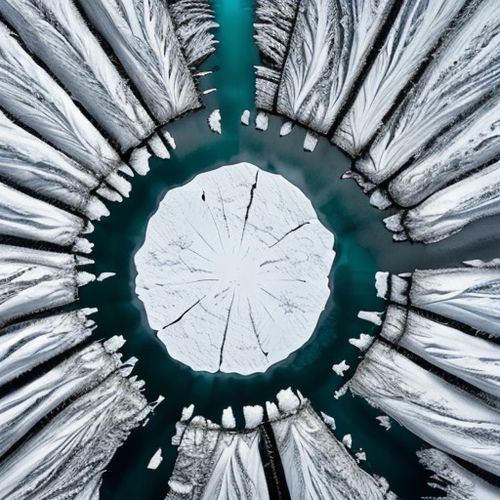
By Sophia Lewis/May 8, 2025
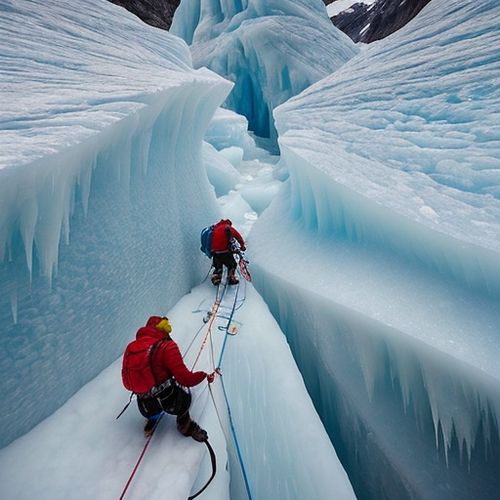
By Samuel Cooper/May 8, 2025
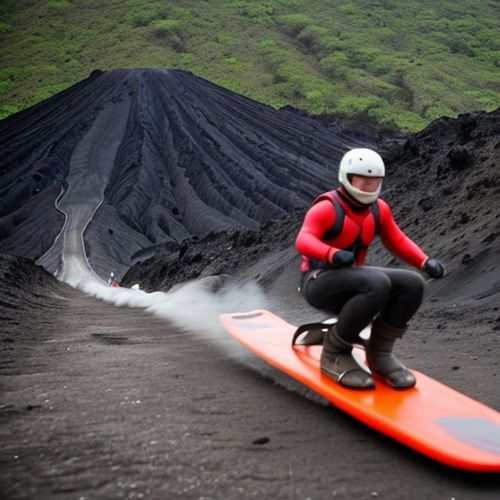
By William Miller/May 8, 2025
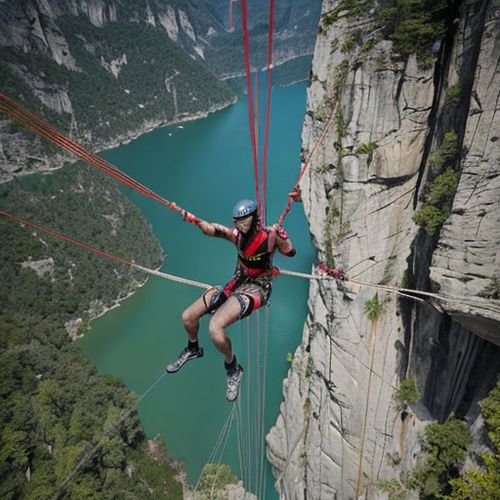
By Rebecca Stewart/May 8, 2025
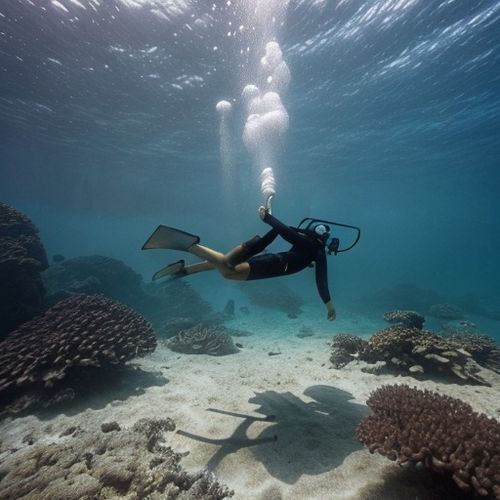
By Natalie Campbell/May 8, 2025

By Jessica Lee/May 8, 2025
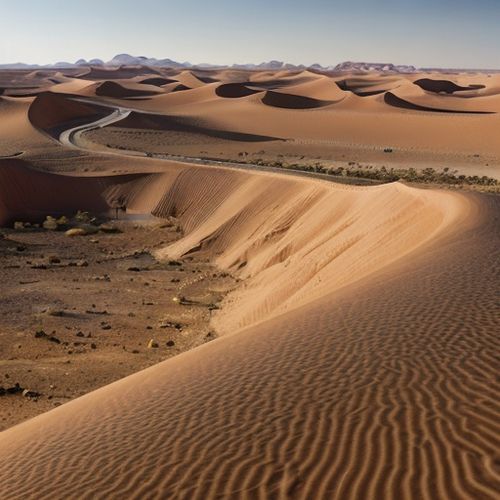
By Thomas Roberts/May 8, 2025
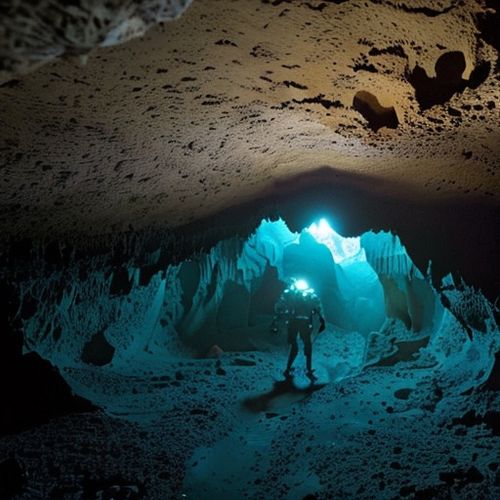
By Christopher Harris/May 8, 2025

By Christopher Harris/May 8, 2025
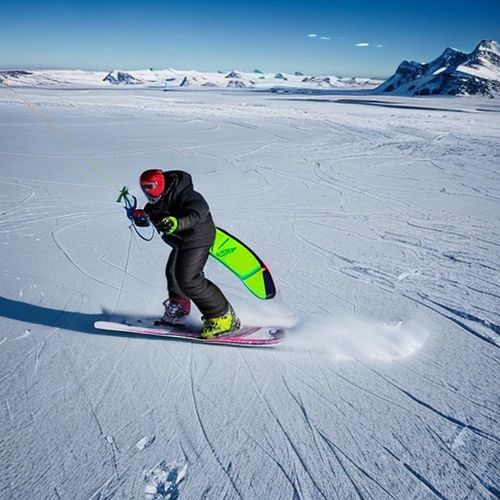
By Natalie Campbell/May 8, 2025
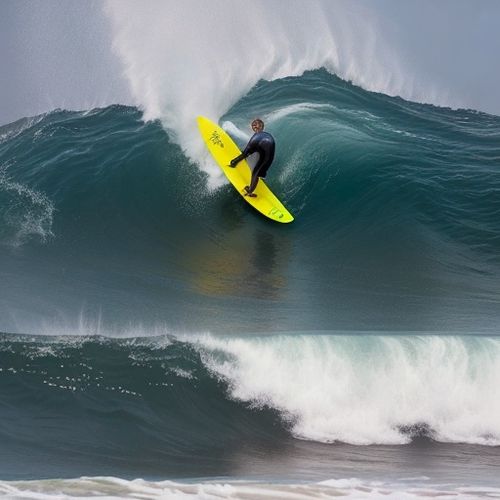
By Rebecca Stewart/May 8, 2025
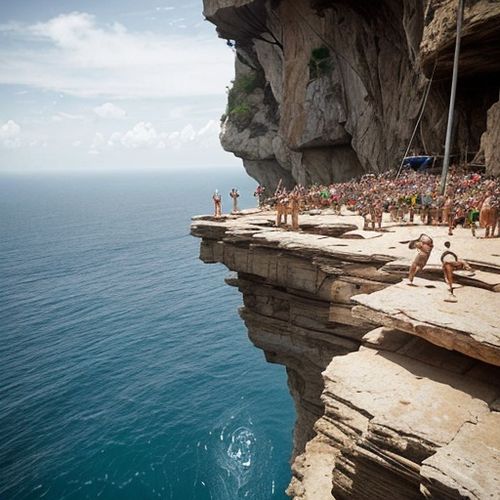
By Sophia Lewis/May 8, 2025
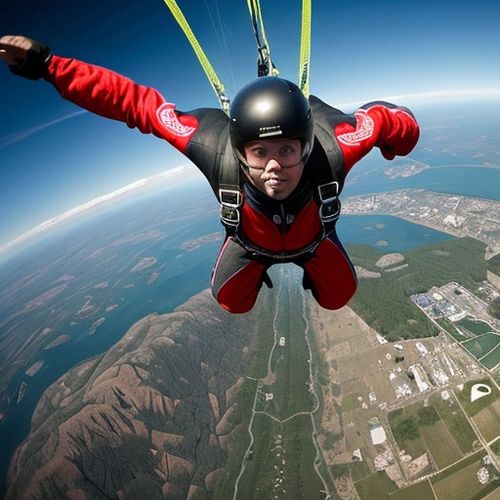
By Noah Bell/May 8, 2025
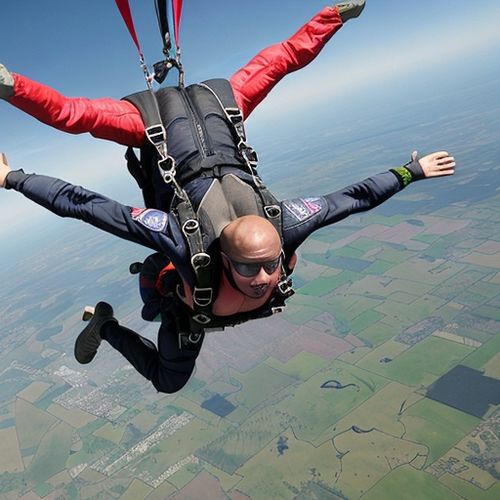
By Sophia Lewis/May 8, 2025

By Benjamin Evans/May 8, 2025

By Benjamin Evans/May 8, 2025

By Eric Ward/May 8, 2025

By Elizabeth Taylor/May 8, 2025

By Daniel Scott/May 8, 2025

By Eric Ward/May 8, 2025